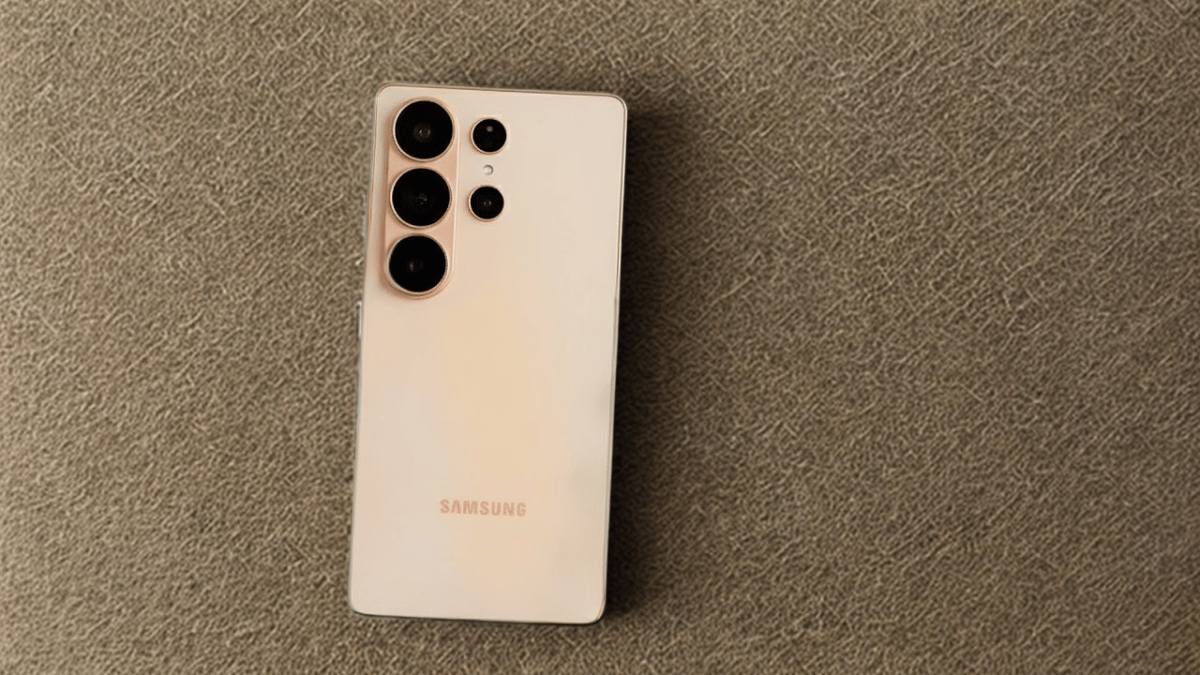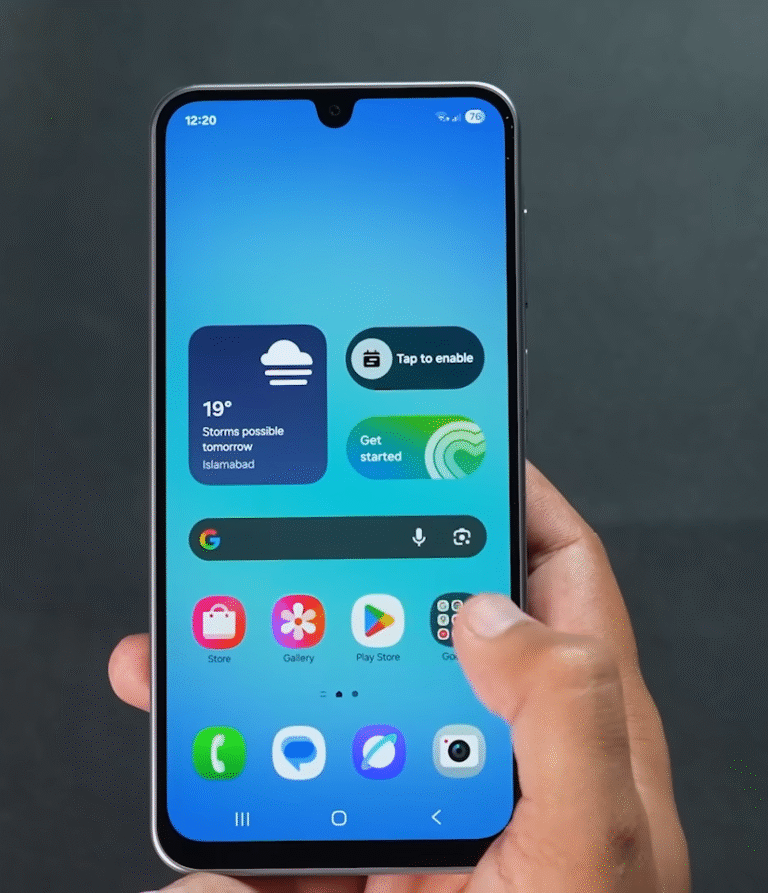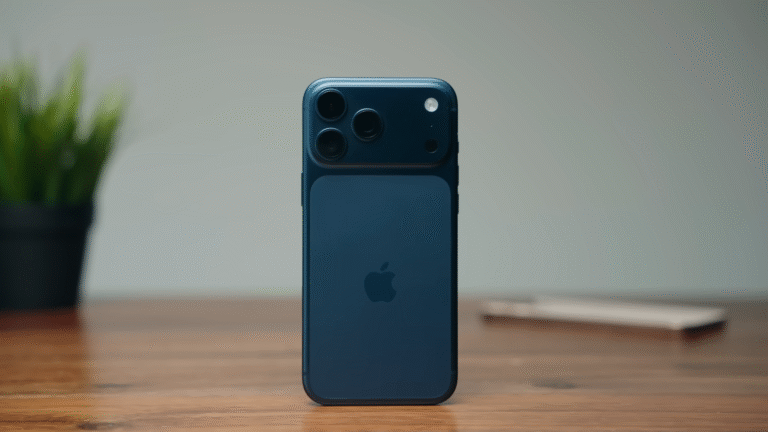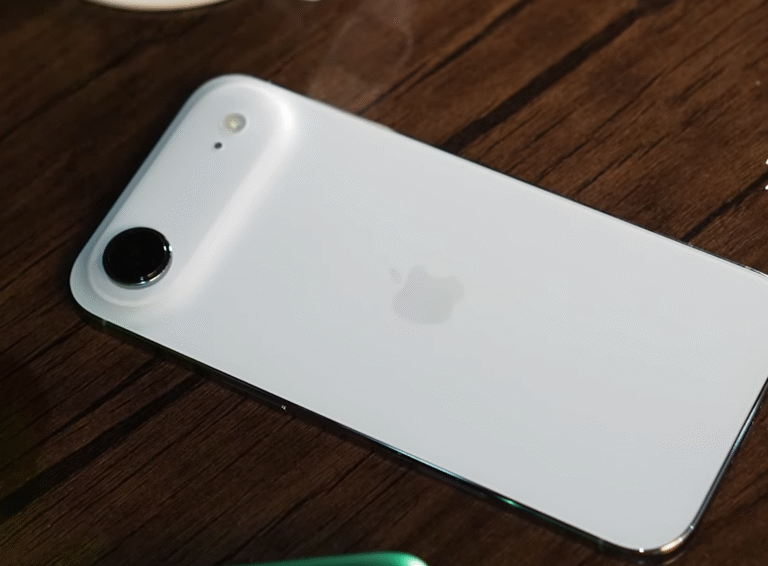
The Samsung Galaxy S26 Ultra and the rest of the S26 lineup are finally in the spotlight, and the conversation around them is already heating up. For enthusiasts and long-time Samsung users, this is the kind of launch that sparks excitement, debate, and sometimes even frustration. On one hand, the Ultra introduces refinements that feel genuinely useful and meaningful. On the other, certain decisions—especially with the Edge variant—raise concerns about Samsung’s direction and whether the company is beginning to blur its identity by borrowing too heavily from Apple.
This in-depth analysis takes a closer look at the Galaxy S26 Ultra, S26 Pro, and S26 Edge, exploring design choices, camera upgrades, new features like Qi2 wireless charging magnets, and the broader implications for Samsung’s brand.
A New Era for the Galaxy S Series?
Samsung has consistently used its S Ultra line to showcase the best of its hardware and software innovation. Since the Galaxy S20 Ultra, the model has carried a reputation for cutting-edge features, massive displays, and an unmatched camera experience in the Android space. Each year, however, the challenge grows: how do you push the envelope while staying true to Samsung’s DNA?
The Galaxy S26 lineup may not be revolutionary at first glance, but it’s clear Samsung is aiming for refinement and consistency across the series. For 2025, all three models—Ultra, Pro, and Edge—share a more unified design philosophy, marking a shift from previous years when the lineup often felt visually fragmented.
Galaxy S26 Ultra: A Familiar but Polished Flagship
Rounded Corners and Balanced Design
One of the biggest talking points is the S26 Ultra’s shift toward a more rounded form factor. Previous Ultras leaned heavily into boxy, Note-like designs, which many users loved for their professional and premium feel. This year, Samsung has softened those corners, aligning the Ultra’s shape more closely with the Galaxy S25+.
The result is a flagship that looks modern, refined, and approachable. Importantly, it avoids becoming a full iPhone lookalike. Instead, Samsung seems to have found a middle ground: not too sharp, not too curved, but balanced in a way that should appeal to a wider audience.
Interestingly, this rounded-corner treatment isn’t exclusive to the Ultra. The S26 Pro and S26 Edge share the same design language, giving the entire lineup a sense of cohesion. For the first time in years, the Galaxy S family truly looks like a family.
Camera Module Reimagined
The camera array has also been updated. While it’s not as dramatic as some leaks hinted, the new design feels cleaner and more purposeful. Renders based on CAD data show a polished look that integrates better with the overall frame, moving away from the overly industrial style of earlier Ultras.
For enthusiasts who value aesthetics as much as performance, this evolution is a welcome change.
Qi2 Wireless Charging Magnets: Samsung Joins the Club
Perhaps the most headline-worthy feature across the entire Galaxy S26 lineup is the addition of Qi2 wireless charging magnets.
Wireless charging has been around for years, but Apple redefined the category with MagSafe on the iPhone 12, making magnetic alignment a mainstream feature. Google followed with the Pixel 10 Pro, and now Samsung has joined the party.
For users, this is more than a gimmick. It means:
-
No need for a case: The phone magnetically snaps onto compatible chargers.
-
Improved efficiency: Alignment ensures faster and more reliable charging.
-
Accessory ecosystem: Expect a wave of third-party Qi2 accessories optimized for Samsung phones.
What’s particularly impressive is that Samsung has managed to add magnets without sacrificing S Pen support on the Ultra. Normally, magnetic fields interfere with stylus technology. The fact that the Ultra retains the built-in S Pen slot suggests Samsung has solved a significant engineering challenge.
If it works seamlessly, this could be one of the most underrated yet impactful upgrades of the year.
Galaxy S26 Ultra Cameras: Subtle but Important Improvements
Camera performance is always at the heart of Samsung’s Ultra models, and the S26 is no different. While the changes aren’t as dramatic as a jump to new megapixel counts, they are meaningful refinements.
-
The 3x telephoto lens receives a direct sensor upgrade, likely improving clarity and detail in zoomed shots.
-
Both the main wide camera and periscope telephoto benefit from aperture improvements, which should translate into better low-light photography.
These updates may not grab headlines the way a “200MP Ultra-wide” would, but in practice, they can make a huge difference. Improved apertures allow for more light intake, leading to sharper images, richer colors, and better dynamic range when shooting at night or in dimly lit environments.
For many users, these behind-the-scenes improvements matter more than flashy megapixel numbers.
Galaxy S26 Pro: A Name Without a Cause?
Moving on to the Galaxy S26 Pro, this model adopts the new design language and camera layout. However, its feature set feels somewhat underwhelming.
The name “Pro” naturally raises expectations. Consumers expect something closer to the Ultra experience in a more compact package. Unfortunately, the S26 Pro sticks to a triple-camera setup similar to its predecessor. Unless Samsung surprises us with a 200MP main camera, the Pro risks coming across as little more than a branding exercise.
That’s not to say it will be a bad phone—far from it. But without standout upgrades, it could struggle to justify the “Pro” label, especially as competitors like Apple and Google continue to differentiate their mid-tier flagships with distinctive features.
Galaxy S26 Edge: Where Controversy Begins
If the Ultra shows Samsung’s strengths and the Pro feels safe, the Galaxy S26 Edge highlights the company’s most questionable decision.
The S25 Edge was widely praised for its sleek, refined camera design. For the S26 Edge, Samsung has abandoned that design in favor of one that looks suspiciously similar to the iPhone 17 Pro.
And here’s where things get even more controversial: Apple itself didn’t originate this design. The layout was first seen on Chinese brands like Poco, where it was already divisive. Samsung has essentially copied Apple, who copied Poco, and the result feels like a step backward.
The new module looks awkward and unrefined, cheapening what should be one of Samsung’s most stylish devices.
A Loss of Identity?
This is more than just an aesthetic issue. It points to a deeper problem: Samsung may be losing its design identity.
Under former mobile chief DJ Koh, Samsung often set the pace for smartphone design. Even when it followed Apple, it did so cautiously and with its own spin, often waiting a few years to implement certain trends. Today, Samsung appears more reactive, copying Apple’s moves almost immediately—even when those moves are controversial.
For fans who have long admired Samsung for bold innovation, this is disappointing. The Edge was supposed to represent style and distinctiveness within the lineup. Instead, it risks being remembered as the model that copied a copy.
Broader Implications: The Apple of Android?
The criticism here isn’t that Samsung is incapable of innovation—the Ultra proves otherwise. It’s that the company seems increasingly willing to mirror Apple, even when the result dilutes its own brand.
Becoming the “Apple of Android” might sound flattering on paper, but in reality, it signals a loss of independence. Consumers don’t want Samsung to be Apple. They want Samsung to be Samsung: bold, experimental, and willing to take risks.
If the S26 Edge is any indication, Samsung risks sliding into a pattern of safe imitation rather than fearless leadership.
Final Verdict on the Galaxy S26 Lineup
-
Galaxy S26 Ultra: A polished flagship with meaningful refinements, including Qi2 magnets and improved camera apertures. It looks like the safest bet for power users and long-time Samsung fans.
-
Galaxy S26 Pro: A decent device, but unless it adds a 200MP sensor or other standout features, it risks being overshadowed by the Ultra.
-
Galaxy S26 Edge: Stylish in theory but controversial in execution, with a camera design that feels copied and uninspired.
The S26 Ultra demonstrates that Samsung still knows how to refine and improve its hardware. But the Edge reminds us that design missteps can overshadow technical achievements. The big question for Samsung is whether it will continue to chase Apple—or return to setting the standard for Android innovation.



